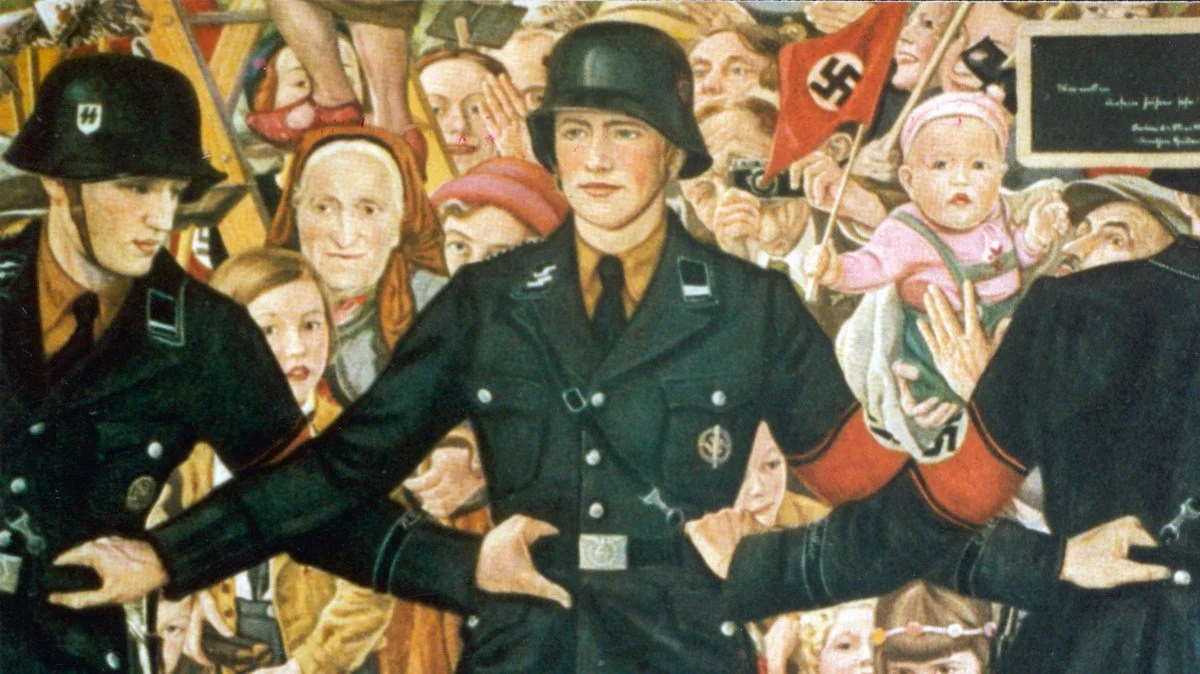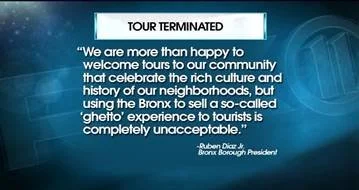Tourism
Since the beginning of time, humans have travelled. Food, water, safety or trade were the early travel motivations. But the idea of travel for pleasure or exploration soon emerged. Travel has always depended upon technology to provide the means or mode of travel. The earliest travellers walked or rode domesticated animals. The invention of the wheel and the sail provided new modes of transportation. Each improvement in technology increased individuals' opportunities to travel. As roads were improved and governments stabilized, interest in travel increased for education, sightseeing, and religious purposes.
Fun fact: One of the earliest travel guides was written by a Greek called Pausanias in 170 AD, it was a 10 volume Guide to Greece, for Roman tourists.
What is tourism?
Tourism is a collection of activities, services and industries that delivers a travel experience, including transportation, accommodations, eating and drinking establishments, retail shops, entertainment businesses, activity facilities and other hospitality services provided for individuals or groups traveling away from home.
The World Tourism Organisation (WTO) claims that tourism is currently the world's largest industry with annual revenues of over $11.1 trillion USD.
Advances in transport, technology and finance (Globalisation) have reduced travel times and costs.
In 2025 you can fly to Europe in 20 hours.
In 1960 the same journey took 6 weeks by boat.
The growth of tourism reflects increased disposable income and leisure time, making domestic and international travel more viable.
Tourism is an important section of the world economy.
One in 12 jobs are linked to the tourist economy globally.
Background briefing: Introduction to tourism
Create a background briefing that outlines the impact of tourism on the global economy.
To do: Include the following in your briefing
A definition of tourism
How has globalisation led to the growth of tourism?
International tourism analysis. ( A graph of international tourism arrivals)
Employment in travel and tourism globally
Tourism in Australia analysis (Contribution to GDP)
International arrivals to Australia
Extra: Tourism in Australia report
1. The multiplier effect
In 2024 tourism contributed $78 billion to the Australian economy.
As you can see, tourism plays an important role in the economy.
Increased spending from tourism has a powerful multiplier effect locally and globally.
In this activity, the impact of tourism on the economy of the community of Geogtown is examined.
Use the information in the
2. Tourism fieldwork
In the following case studies we can examine the types of tourism available and the economic impacts
Station 1. Dental Tourism
Dental tourism (also called dental holidays) also known as medical tourism, involves individuals seeking dental care and may be include a vacation.
Medical tourism agencies
These agencies will organise your flights, accommodation and even sightseeing (but not travel insurance, in case a procedure goes wrong). They will provide advice on hospitals regarding their success rates and complications.
Where to go
There are plenty of exotic countries to choose from, but most Australians looking for discount dental work are flocking to Malaysia and Thailand. Bumrungrad International Hospital in Bangkok sees 11,000 overseas visitors, with about 500-600 Australians walking through the doors, according to Marketing Director Kenneth Mays. "We provide a complete dental centre, staffed by 55 full- and part-time dental specialists’.
Questions
How could dental tourism be a benefit for the wider economy (Multiplier effect)?
Why are people choosing to combine tourism with a dentist visit?
List five (5) medical procedures that you think ight be suitable for medical tourism
Why do you think Australian’s prefer Thailand and Malaysia over other destinations??
Station 2. The Australian Society of Plastic Surgeons is concerned for your safety
Buyer Beware: Cosmetic Tourism (From the ASPS website)
The Australian Society of Plastic Surgeons is concerned about the increasing numbers of people going overseas for their plastic surgery.
They recommend asking the following questions.
• Does my surgeon have an internationally recognised qualification
• Are the medical standards of care and quality control requirements at least as good as those in Australia?
Do the devices and products meet Australian standards? For example, breast implants used in Australia must meet strict standards of safety and effectiveness.
Questions
Why do you think the ASPS is concerned about the growth of plastic surgery tourism?
Do you think their concerns are justified?
List the benefits for destination countries of this type of tourism
Station 3. Ghetto Tourism
With the spread of hip-hop culture over the past twenty years, more and more people became curious about the places where the music and lifestyle began. In the past few years, the American ghettos of Detroit, New York, Chicago, and Los Angeles have become tourist spots, mostly because of young people interested in this specific lifestyle, graffiti, music, and clothing.
The highlight of this kind of tourism used to be Real Bronx Tours, bus rides conducting tourists through some of the most notorious ghettos of New York City. But unfortunately for the tourists, Real Bronx Tours ended after local authorities and residents complained of feeling insulted by the way their neighbourhoods were portrayed.
Questions
List the factors that have led to the development of Ghetto tourism
Who is the target market for this type of tourism and where are they from?
Why do you think the residents of the Bronx were unhappy with this type of tourism?
Sustainable tourism encourages tourists to act ethically, how could Ghetto tours be more ethical?
Station 5. Atomic Tourism
Atomic tourism is a relatively new type of tourism in which visitors learn about the Atomic Age by traveling to significant sites in atomic history such as museums with atomic weapons, vehicles that carried atomic weapons or sites where atomic weapons were detonated
Twenty-five years ago the Chernobyl Power Plant was the site of the world's worst nuclear disaster. Now the site has become a tourist hot spot (literally and figuratively).
Areas within the 30-mile exclusion zone, where tours are conducted, are still radioactive. But the good news is that the dose of radiation is no more than what you'd get on the flight there.
The tour includes local wildlife, such as elk and owls that still live on the radioactive site, and a tour what now is the ghost town of Pripyat, which was once home to 50,000 residents.
Other Atomic Tourism destinations include Hiroshima and bunkers built for American leaders during the Cold War.
Questions
What is Atomic Tourism?
What happened at Chernobyl?
Is this type of tourism Sustainable?
How could this type of tourism be educational?
List some possible problems for the destinations?
Can you suggest any other sites suitable for Atomic Tourism?
Station 4. Slum tourism: Patronising or social enlightenment?
An increasing number of tourists are searching for something they cannot get at the top of the Eiffel Tower in Paris or the foot of the Statue of Liberty in New York.
This controversial trend has been dubbed "slum tourism".
Six years ago in India, Krishna Pujari and his British friend Chris Way began Reality Tours and Travel, to organise tours in Dharavi - arguably Asia's biggest slum. Sitting on one of Mumbai's prime sites, Dharavi is the city's underbelly, where squalor mixes with enterprise. The area is dotted with small businesses and recycling units, sitting alongside residential enclaves.
"If you think this is just poverty, you will see that only," says Mr Pujari, "but in the poverty there is much to be learnt."
But some local people say they do not benefit from slum tours.
"It doesn't help me at all," says Prasad, who is a trader in Dharavi.
Questions
What is the appeal of Slum Tourism?
How could this type of tourism be educational? Give examples
What does Mr Pujari believe the benefits of the tourism are?
How might Slum Tours benefit the local community? (5 possibilities)
3. Planning a tour
To do: With your partner complete a proposal for a tour.
The following are some suggestions, but feel free to choose your own tour theme.
○ A tour of big wave surfing spots
○ A music festival summer tour
○ A tour of the world's best rock-climbing
○ A cooks tour (great restaurants)
○ Modern art exhibition tour
○ Trek 5 mountains in 5 weeks
Use the following outline to create your tour plan
a. A brief description of the purpose of the tour.
b. An itinerary that includes the following:
○ Examples of accommodation
○ Food: what will you eat at each destination?
○ How will you travel at each destination. Bus, bike, camel?
○ Attractions and sightseeing at each site
○ A google map showing the main stops and attractions at each destination.
The following sites are useful for hotel and food planning:
Expedia is a one stop shop for tours and hotel accommodation
The world's biggest travel site, includes accommodation, tours and car rental
A good site for hotel booking and green hotel options.





